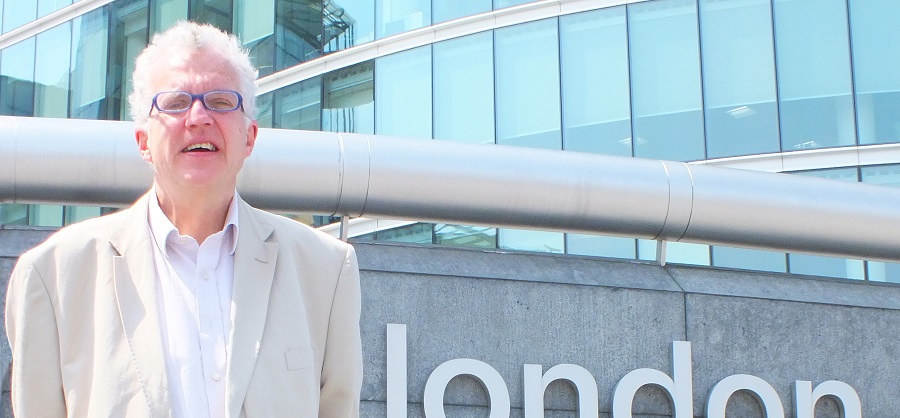Subsidies to the transport sector are remarkably scattered randomly across income groups and, worse, overall are firmly regressive. With the railways rather than buses eating up the bulk of public transport support and most of the rest budget being taken up by roads, there is very little trickling down to the poorest section of the community, especially those living without cars in places that are far off the rail network. And the support that is available for buses mostly is poorly targetted as it goes to schoolchildren who happen to live far away from school or the over 60s, money that is not badly targeted in terms of need.
A fascinating study* published by the Joseph Rowntree Foundation highlights the extent to which transport schemes could help the poor (I hate the description ‘socially deprived) if they were better focussed. The researchers from the University of Westminster examined four schemes provided under the Department for Transport’s Urban Bus Challenge Fund or under the New Deal for Communities programme: bus services to deprived estates in Leicester and Cornwall, a flexible minibus service in Wythenshawe on the outskirts of Manchester and the Walsall Workwise initiative, a project that helps people with their transport costs for job interviews or the early weeks of a new employment.
As the researchers say, it is very rare for such initiatives to be evaluated in terms of the benefits they bring. Money is generally thrown at a service and, as often as not, the route is withdrawn within a few years if it does not prove to be commercially viable. This is partly because ex post facto assessment of transport schemes generally is rarely carried out, which is a shame since the results would probably bear only the merest passing resemblance to any figures produced to estimate the value of schemes before they are introduced.
A second reason, in this case, is that the methodology is pretty crude and, partly, simply non-existent. The researchers have, heroically, tried to asses the user benefits by working out what the cost of their journey would have been otherwise, either through taking a taxi or by walking. The cost of the latter, of course, is in terms of time and the researchers have also included, as always with transport cost benefit analyses, an assessment of time savings to boost the benefits side. However, they were unable to find any way of giving a monetary value to other benefits such as the value of a journey to take up a job, go to the doctor or even to the shops. These may be considerable. If someone can obtain a job as a result of a new transport opportunity, then the long term benefits both to them and society are considerable.
The Department for Transport is, apparently, working on a method for calculating the monetary benefits but frankly it is likely to come up with pretty arbitrary figures. Therefore, given that it was only possible to include the most obvious benefits in the calculations, the results are pretty disappointing. At best, one scheme, the Braunstone Bus in Leicester, produced benefits amounting to 41 per cent of the grant, while the worst, the Trevithick Link in Cornwall produced just 10 per cent. However, in many ways these figures are meaningless. The researchers were very clear that from interviews they carried out with local professionals, the various services were highly valued by the local communities and helped to address the difficulties of a ‘workless’ culture. In effect, breaking that cycle even for a few people and giving hope to the others is, as the MasterCard advertisement says, ‘Priceless’. As the report points out, ‘the travel needs of socially excluded groups cannot be wholly met through the traditional commercial bus network’. The services they need will require subsidy on a permanent basis, and that is a key point.
Yet, tragically, many of these projects will run out of funding soon as the Department’s Rural and Urban Bus Challenges runs out. They are supposed to be picked up by local authorities but this is unlikely. Councils are, indeed, supposed to produce ‘accessibility plans’ by next year but that is just the sort of woolly central-government directed concept which will yield very little on the ground. What such programmes need is long term, well directed funding that is properly monitored. Working out ways to monetise visits to the doctor or shopping trips are all very well, but in reality giving access to deprived estates is a matter for hard cash and coherent transport planning. Ministers need to use their instincts and support these initiatives whatever the notional cost benefit analyses produce and direct transport subsidies to where they are most needed.
* Karen Lucas, Sophie Tyler and Georgina Christodoulou ‘The benefits of providing new public transport in deprived areas’, available free on the jrf website,
